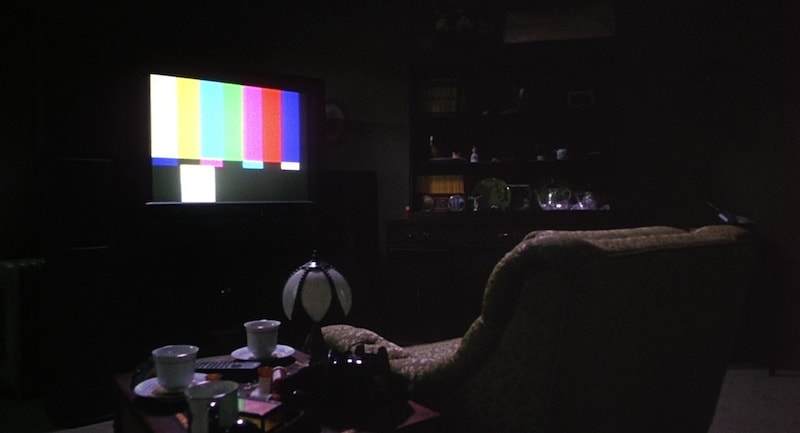He sees you when you have motion blurring. He knows when you’re using proprietary modes that came with your TV. (Yes, we’re talking about Tom Cruise).
Whether you heard it from Tom Cruise or Denis Villeneuve, you’ve probably been made aware that modern TVs are messing with the way that movies look.
To make a technical story short, the vast majority of modern TVs come with propriety settings that (1) market the product and (2) drastically and intentionally distort the picture. You might have heard of motion smoothing, an effect that can make something like The Godfather look like a multi-cam soap opera. There are other “improved features,” like cranked color saturation, that are baked into your TV. And the end result is that, out of the box, movies no longer “feel” wrong.
One of the whackier new features (and a personal bugbear of mine) is motion interpolation, which supposes that more = better as far as framerate is concerned, disregarding the fact that if you see a moving image at anything over 24 fps it just won’t feel like cinema. Where does your Samsung get the gall to tell Orson Welles that he forgot to shoot more frames of Citizen Kane?
Spare a sympathetic thought for the older or misguided folks in your life who have fallen prey to these baked-in abominations against cinema. TV settings menus are a labyrinth designed by someone who hates joy. They’re not easy to navigate if you do know what you’re looking for. How do you think Gran Gran feels?
To learn how to get rid of all the built-in bells and whistles that are making your movies look weird (and why they make it look so strange), hit play on the following video essay:
Watch “How your TV settings ruin movies”
Who made this?
This video about how modern motion capture involves more artistry than you’d expect is by Vox, an American news website owned by Vox Media, founded in 2014. Vox produces videos on news, culture, and everything in between. This video was produced, edited, and animated by Phil Edwards, with art direction by Estelle Caswell and story editing by Bridgett Henwood.


